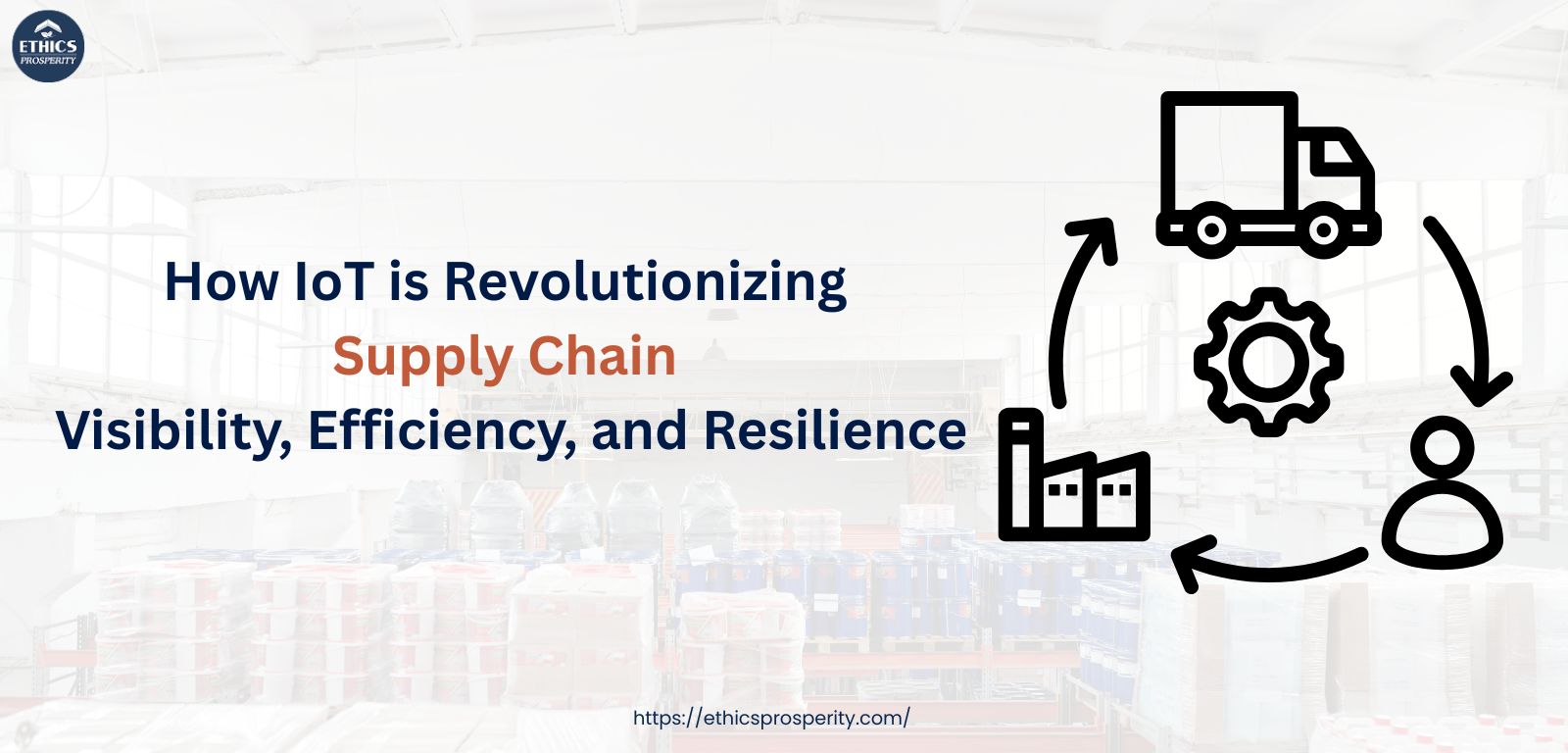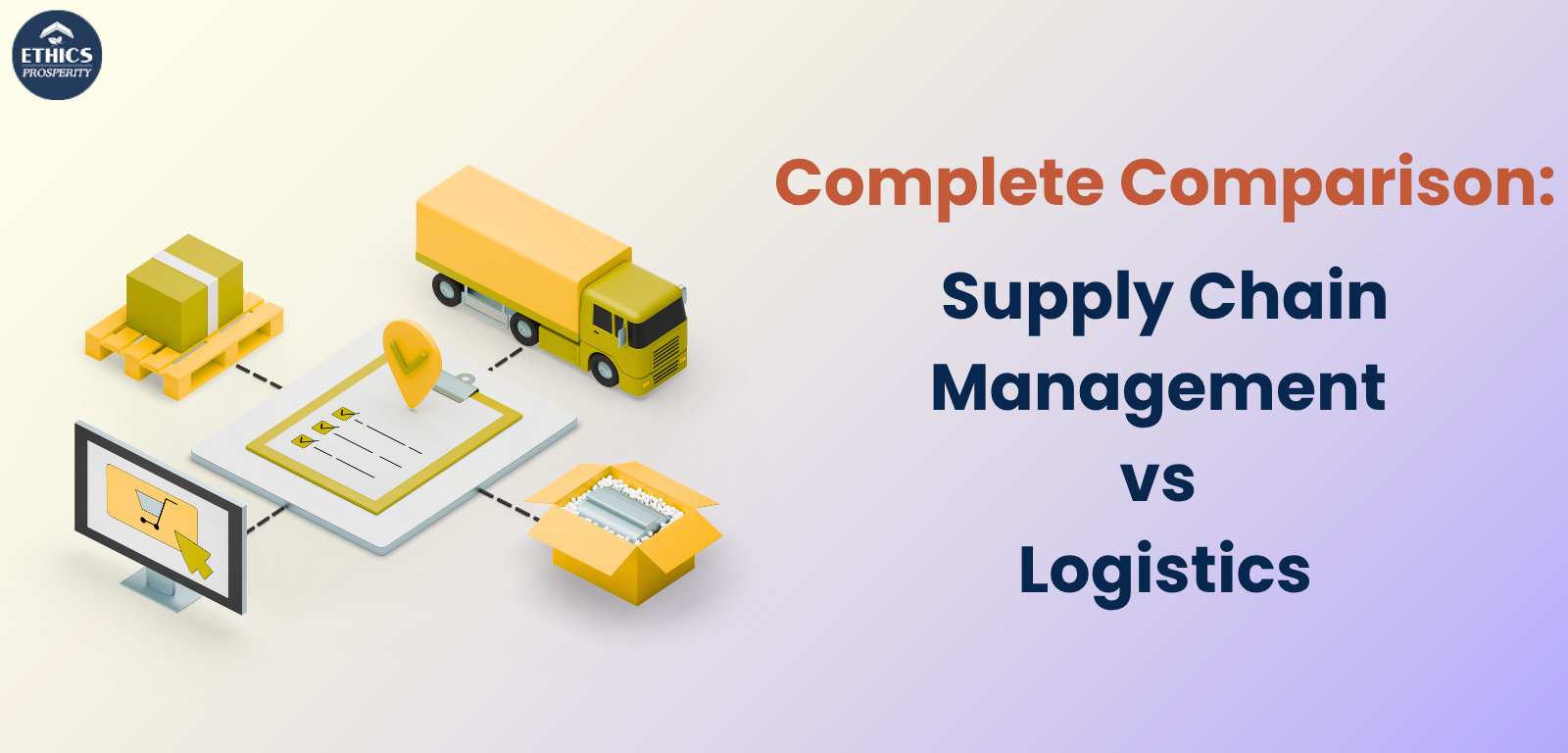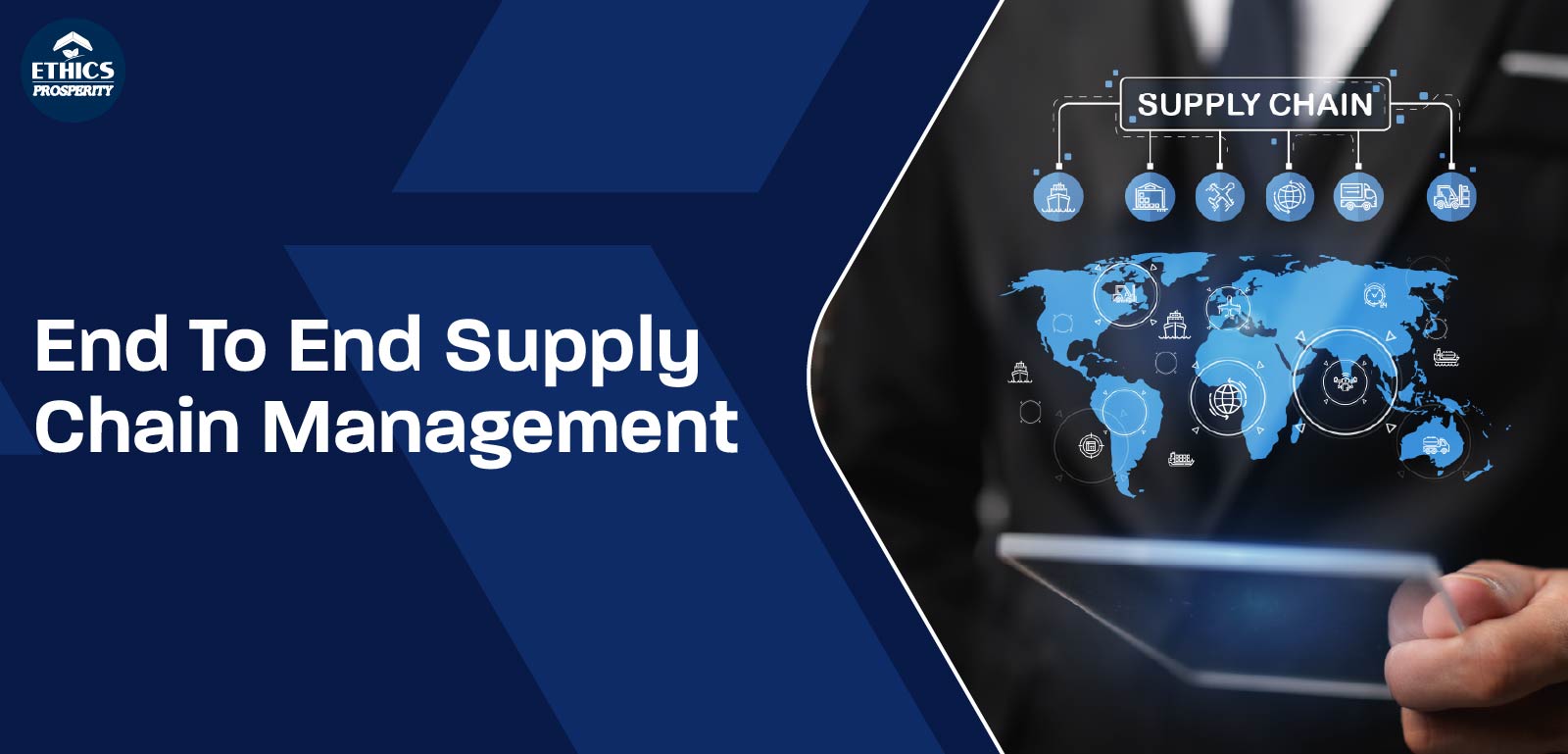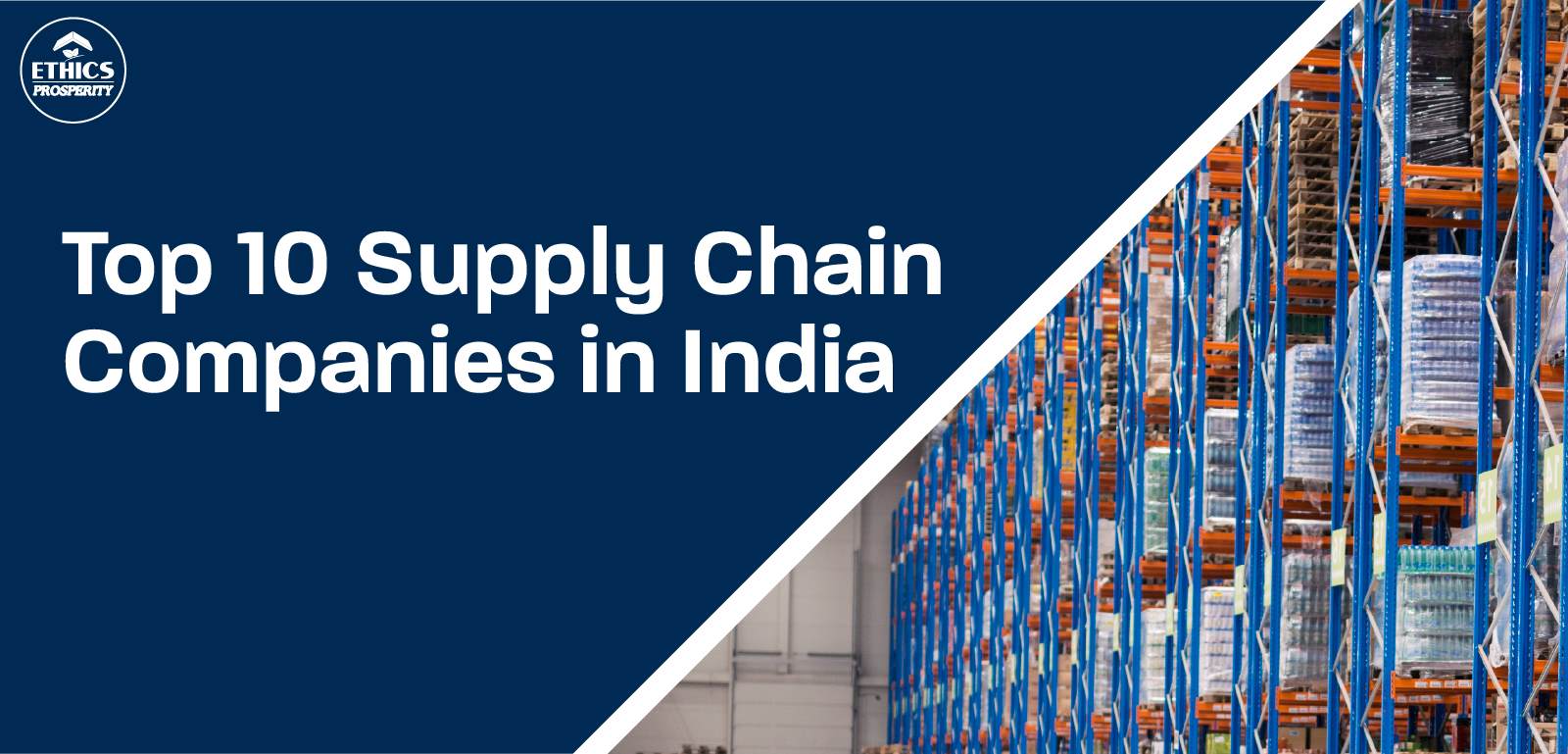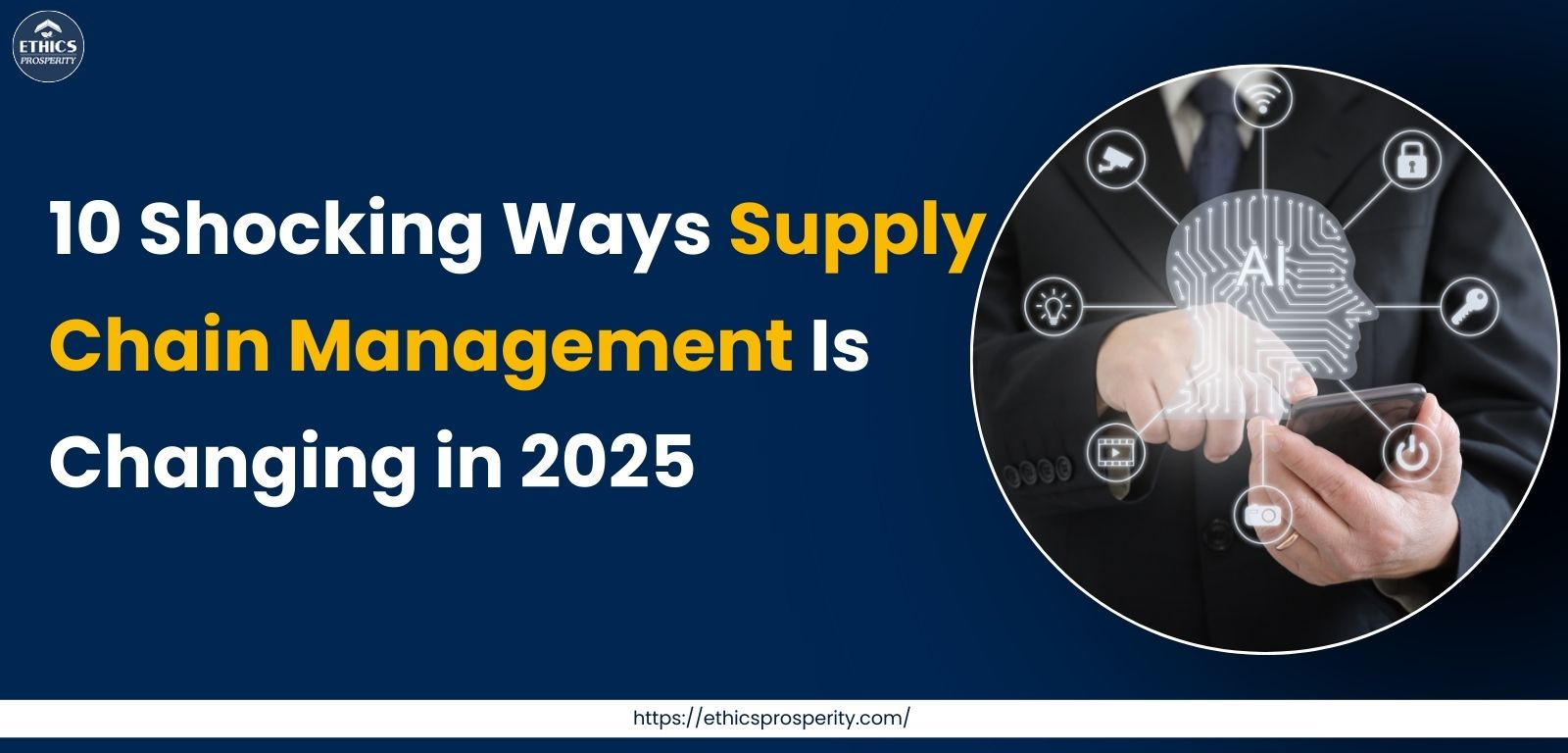In today’s fast-paced and environmentally conscious world, the focus on building sustainable supply chains is stronger than ever. As businesses face growing pressure from consumers, regulators, and stakeholders to reduce their environmental footprint, last-mile delivery has emerged as a critical area of transformation. It is the final and often most complex leg of the supply chain, where goods are delivered from distribution hubs to end consumers. Surprisingly, it is also where many sustainability challenges and opportunities lie.
What is Last-Mile Delivery?
Last-mile delivery refers to the final step in the delivery process—getting the product from a distribution center, dark store, or micro-fulfillment hub to the customer’s doorstep. It is a vital component of End-to-End Supply Chain Management, especially in sectors like e-commerce, retail, FMCG, and food & beverage. While it accounts for a smaller portion of the total delivery distance, it often represents the highest cost and environmental impact due to traffic congestion, failed deliveries, and inefficient routing.
The Sustainability Challenge in Last-Mile Logistics
The traditional last-mile delivery model is not sustainable. It relies heavily on fuel-based vehicles, results in high carbon emissions, and often leads to excessive packaging waste. According to a study by the World Economic Forum, last-mile emissions in urban areas are projected to increase by over 30% by 2030 unless immediate action is taken. If left unchecked, this can derail any efforts businesses make toward sustainable operations.
Why Last-Mile Delivery Matters in Sustainable Supply Chains
For businesses aiming to build greener and more responsible supply chains, optimizing the last mile is no longer optional. Here’s why:
1. High Environmental Impact
Last-mile delivery often uses small, fuel-based vehicles making multiple stops in congested urban zones. This results in excessive fuel consumption, increased CO2 emissions, and a heavy carbon footprint. Optimizing delivery routes, shifting to electric vehicles, and consolidating deliveries can significantly cut down emissions.
2. Customer Expectations for Sustainability
Today’s consumers are more eco-conscious than ever. Many are willing to pay more or wait longer for products delivered through sustainable means. Businesses that offer green delivery options can enhance brand loyalty, meet customer expectations, and stay ahead in competitive markets.
3. Smart Technology Integration
Modern Supply Chain Solutions powered by IoT, AI, and machine learning make it possible to optimize last-mile delivery in real time. Route optimization, delivery scheduling, predictive analytics, and automated warehousing are reshaping how goods reach customers. These solutions not only improve efficiency but also reduce waste and emissions.
4. Regulatory Pressures and Green Mandates
Governments worldwide are introducing strict regulations to curb pollution and promote sustainability. Cities like Delhi, London, and Amsterdam have introduced low-emission or zero-emission zones. Companies that adopt sustainable last-mile practices are better equipped to comply with evolving legislation and avoid penalties.
Solutions Driving Sustainable Last-Mile Delivery
To transform last-mile delivery into a sustainable function of the supply chain, businesses must adopt innovative strategies and technologies:
a. Electric and Alternative Fuel Vehicles
Switching to electric vehicles (EVs) or other green alternatives like CNG and hydrogen-fueled vans helps significantly reduce emissions. Several logistics companies have started investing in EV fleets to support greener operations.
b. Micro-Fulfillment Centers and Dark Stores
Setting up local, decentralized warehouses near customer hubs enables faster and more efficient deliveries. These End-to-End Supply Chain Management models reduce delivery distances, enhance product availability, and minimize transport emissions.
c. Smart Route Optimization
AI-driven software can determine the most efficient delivery paths, avoiding traffic and reducing idling time. This cuts down on fuel consumption and ensures quicker, more predictable deliveries.
d. Click-and-Collect and Locker Pickups
Offering customers the option to pick up their orders from centralized lockers or partner stores reduces the need for home deliveries. This strategy not only cuts emissions but also improves first-attempt delivery success rates.
e. Packaging Optimization
Reducing packaging size, using recyclable materials, and minimizing void space can significantly reduce waste generated in last-mile logistics. Sustainable packaging also resonates well with environmentally aware customers.
The Role of End-to-End Supply Chain Management
To make the last mile truly sustainable, businesses must integrate it within a holistic End-to-End Supply Chain Management framework. This means:
Real-time visibility into inventory, demand, and delivery operations
Predictive analytics to forecast customer behavior and optimize delivery planning
Collaboration with local partners and third-party logistics providers
- Tracking and reporting emissions data across the delivery lifecycle
End-to-end visibility helps identify inefficiencies, reduce redundancies, and improve sustainability across the entire supply chain—not just the last mile.
Ethics Prosperity: Advancing Sustainable Logistics
One company leading the way in sustainable supply chain innovation is Ethics Prosperity. Through its tech-driven, scalable, and eco-conscious Supply Chain Solutions, Ethics Prosperity supports clients across industries in transforming last-mile logistics. From dynamic micro-warehousing to green fleet integration, the company’s approach aligns operational efficiency with sustainability goals.
Final Thoughts
Sustainability in Supply Chain is no longer a trend—it’s a necessity. The last mile may be the final step in product delivery, but it’s the first frontier in building a responsible, resilient supply chain. By embracing smarter technologies, greener transportation, and more efficient logistics models, businesses can turn last-mile delivery into a powerful force for environmental change.
For companies aiming to future-proof their operations, investing in sustainable last-mile solutions isn’t just good practice—it’s good business.

